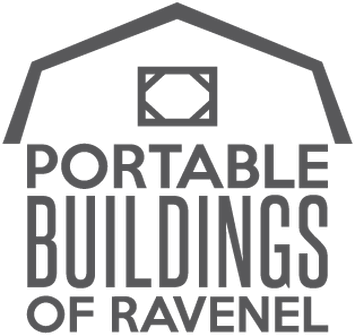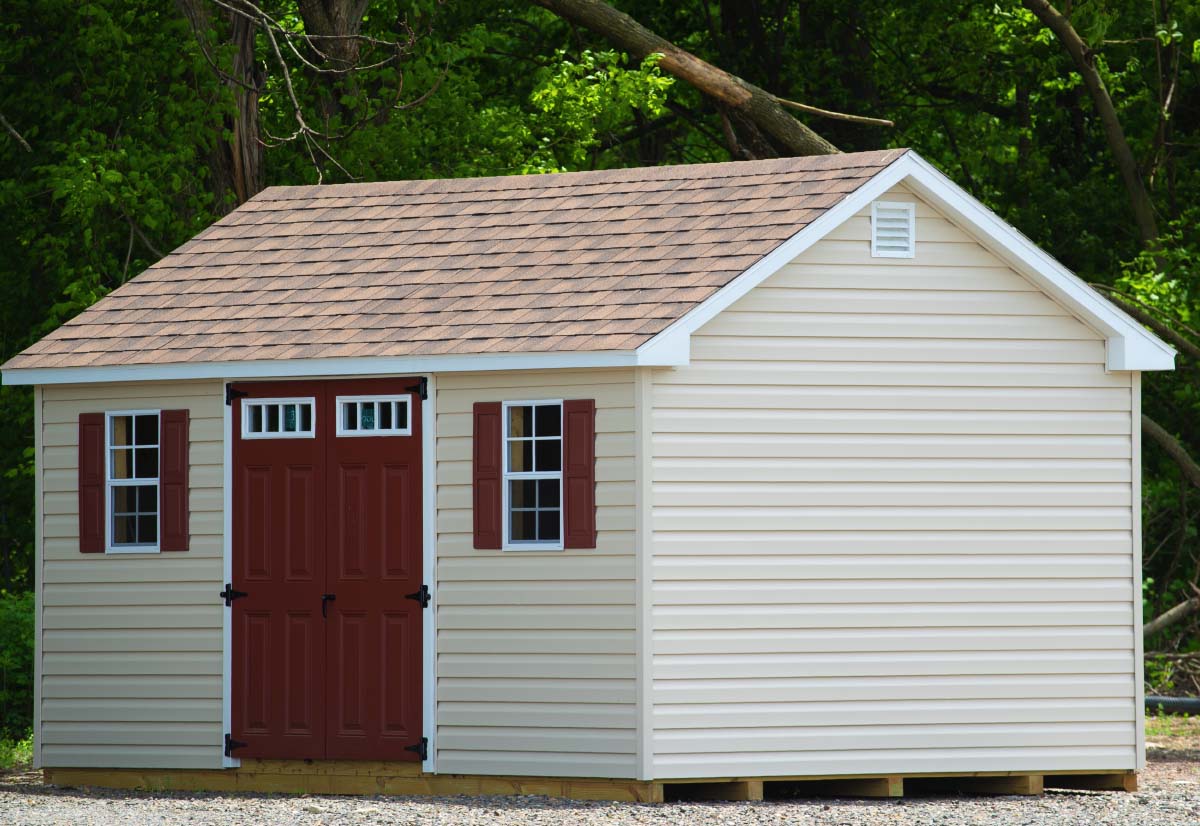As we step into fall and the chilly winds of winter start to approach, ensuring that your portable building remains cozy and well-insulated becomes a top priority. Whether you’re using it as a home office, a guest room, a workshop, or a storage space, taking steps to winterize your portable building can make a significant difference in both comfort and energy savings. Continue below to learn more.
Here’s How to Effectively Winterize Your Shed
From outdoor storage to recreation, portable buildings prove useful for many different purposes. And just because the temperature falls outside doesn’t mean you should stop taking advantage of your building. In this blog post, we’ll explore various strategies and tips for insulating and winterizing your portable building effectively so it can be used comfortably all year round.
Assess Your Building’s Insulation Needs
Before you dive into winterizing your portable building, it’s important to evaluate its existing insulation. Portable buildings come in various designs, and some might already have insulation in place. If not, it’s worth considering adding insulation to maintain a comfortable indoor temperature during the colder months.
Choose the Right Insulation Material
You have several insulation material options when insulating your portable building, including the following.
- Fiberglass Insulation: This is a common choice due to its affordability and easy installation. It comes in batts or rolls that can be cut to fit your building’s dimensions.
- Foam Board Insulation: This rigid insulation provides excellent thermal resistance and can be attached to walls and ceilings. It’s particularly effective at preventing drafts and maintaining consistent temperatures.
- Spray Foam Insulation: This type of insulation expands to fill gaps and cracks, offering excellent coverage and insulation performance. It’s great for hard-to-reach areas.
- Reflective Insulation: Reflective barriers are designed to reflect radiant heat, helping to keep your building warm. They work best when combined with other insulation types.
Seal Gaps and Cracks
It’s crucial to seal any gaps or cracks around windows, doors, and other openings to prevent cold air from seeping into your portable building. Weatherstripping and caulk can effectively block drafts and create a tighter seal.
Insulate Windows and Doors
Windows and doors are common sources of heat loss in any building. Consider using thermal curtains, cellular shades, or window insulator kits to trap heat and block out cold air. For doors, use draft stoppers or install weatherstripping to prevent drafts from creeping in.
Address Flooring and Foundation
Cold floors can make your portable building feel much colder. Insulating the flooring with foam panels or rugs can help warm your feet. Additionally, if your portable building has a raised foundation, insulate the space underneath to prevent cold air from entering through the floor.
Use Space Heaters and Insulating Blankets
If your portable building still does not retain enough heat, consider strategically placing space heaters to supplement your insulation efforts. Be sure to follow safety guidelines and never leave a space heater unattended. Insulating blankets can also be draped over furniture or hung on walls to provide extra warmth.
Maintain Adequate Ventilation
While it might seem counterintuitive, proper ventilation prevents excess moisture buildup inside your portable building. Moisture can lead to mold and other issues, so ensure that your insulation efforts don’t completely seal off airflow.
Consider Professional Assistance
If you’re unsure about the best insulation strategy for your portable building or are uncomfortable with DIY insulation projects, it’s always a good idea to consult a professional insulation contractor. They can assess your building’s specific needs and provide tailored solutions.
Portable Buildings of Ravanel: Your Top Choice for Storage Buildings in South Carolina
Winterizing your portable building isn’t just about staying warm; it’s about creating a comfortable and energy-efficient space that can be enjoyed all year round. By assessing your insulation needs, choosing the right materials, sealing gaps, and incorporating the above strategies, you’ll be well on your way to turning your portable building into a cozy haven during the colder months.
For additional information about storage sheds in Charleston, SC, contact the professionals at Portable Buildings of Ravanel today. With top-quality products and exceptional customer service, we’re proud to stand as Charleston’s leading portable building provider.

